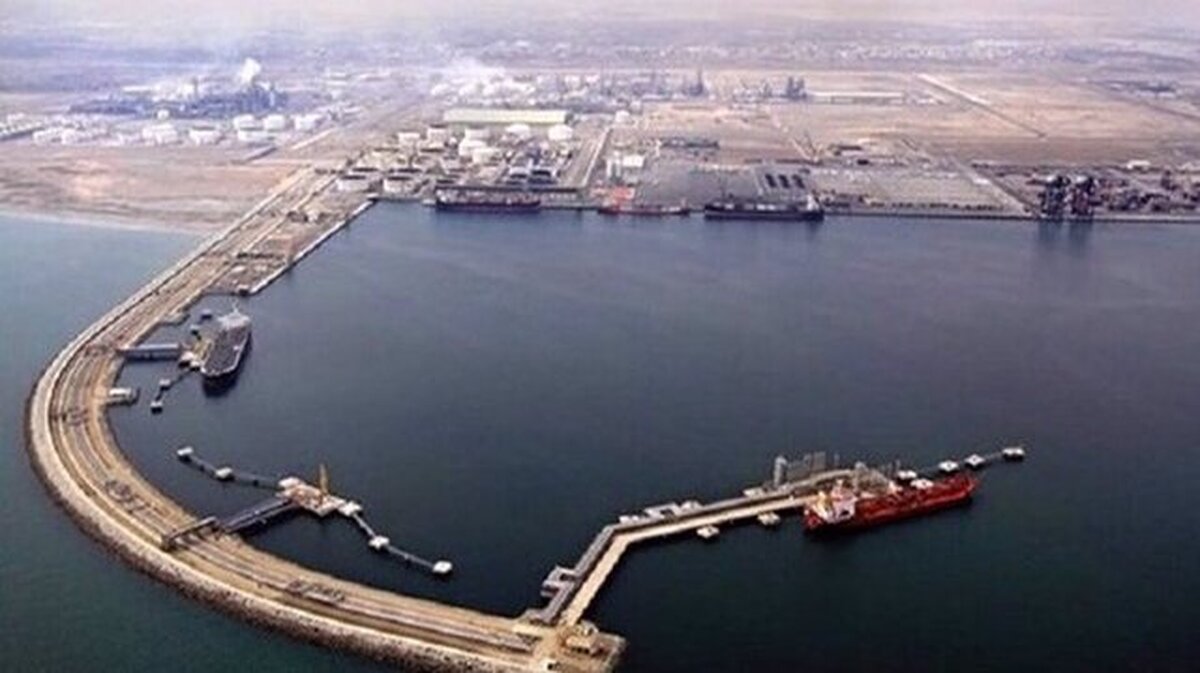
Talks on Activating INSTC Resume With India, Russia
EghtesadOnline: Iran, India and Russia have resumed talks on activating the International North-South Transport Corridor that will cut freight time to Europe by half and bring down cost for the benefit of east and southeast Asian exporters.
The three countries are leading such talks since 2000, through the existing road route and with the development of some railroad gaps in between the 7,200-km-long multimodal network of ship, rail and road, Indian daily newspaper The Statesman reported.
“INSTC was discussed during Iranian President Hassan Rouhani’s visit to India in February while Russia maintains a strong interest in the trade route,” said P S Raghavan, convener of National Security Advisory Board in the Indian government.
“It is not only to make Indian-Russian trade or Indian-European trade profitable, actually it will make it very lucrative for east Asia and southeast Asia exporters. There is nothing to stop the INSTC from being activated in a matter of months.”
According to Financial Tribune, Raghavan noted that capacity building can be carried out, as trade volume increases and progress is made on related issues adding that the potential is enormous and well known.
With no trade sanctions against Iran, the INSTC becomes “very competitive”, he said.
Raghavan said INSTC cuts transportation time and cost by half compared to the Suez Canal route.
The current shipment through Suez Canal route involves a longer distance and is expensive, as well as congested.
INSTC could transport exports from India’s west coast, through Iran’s Bandar Abbas and Chabahar ports, Central Asian states, Russia and onwards to Europe.
“Indian-Iranian-Russian customs have discussed transshipment processes while logistics such as containerization needs to be sorted out,” Raghavan said after addressing the 12th Institute of South Asian Studies International Conference on South Asia.
The conference was organized by the Institute of South Asian Studies, a think tank of the National University of Singapore.
“It needs a special purpose vehicle of multinational capacity to manage the transportation network from end-to-end,” he said.
In 2014, the Federation of Freight Forwarders Association of India had a dry run on INSTC.
INSTC member states recognize the potential for efficient and seamless North-South transport caused by economic globalization and by ever-increasing trade within the Eurasia region, the forwarders had said in a report at that time.
The rail link between Astara in Azerbaijan and the namesake town on the Iranian side of the border was officially opened in a ceremony on March 29 concurrent with the visit of Iran’s President Hassan Rouhani to Baku.
Around 7,600 tons of freight have already been carried on the route, which forms part of INSTC, since the operation of the first freight train on Feb. 8.
The 10-km extension of Azerbaijan’s 1,524 mm gauge rail network runs for around 8.5 km in Azerbaijan and 1.5 km in Iran, including an 82.5-meter-long, 8-meter-high and 11.8-meter-wide bridge over River Astarachay that forms the border. It was built at a cost of around $60 million, financed by Azerbaijan, including a 35-hectare freight transshipment facility that will be operated by Azerbaijan’s national railroad ADY under a 25-year BOT agreement with Iran’s national rail entity IRIR.


